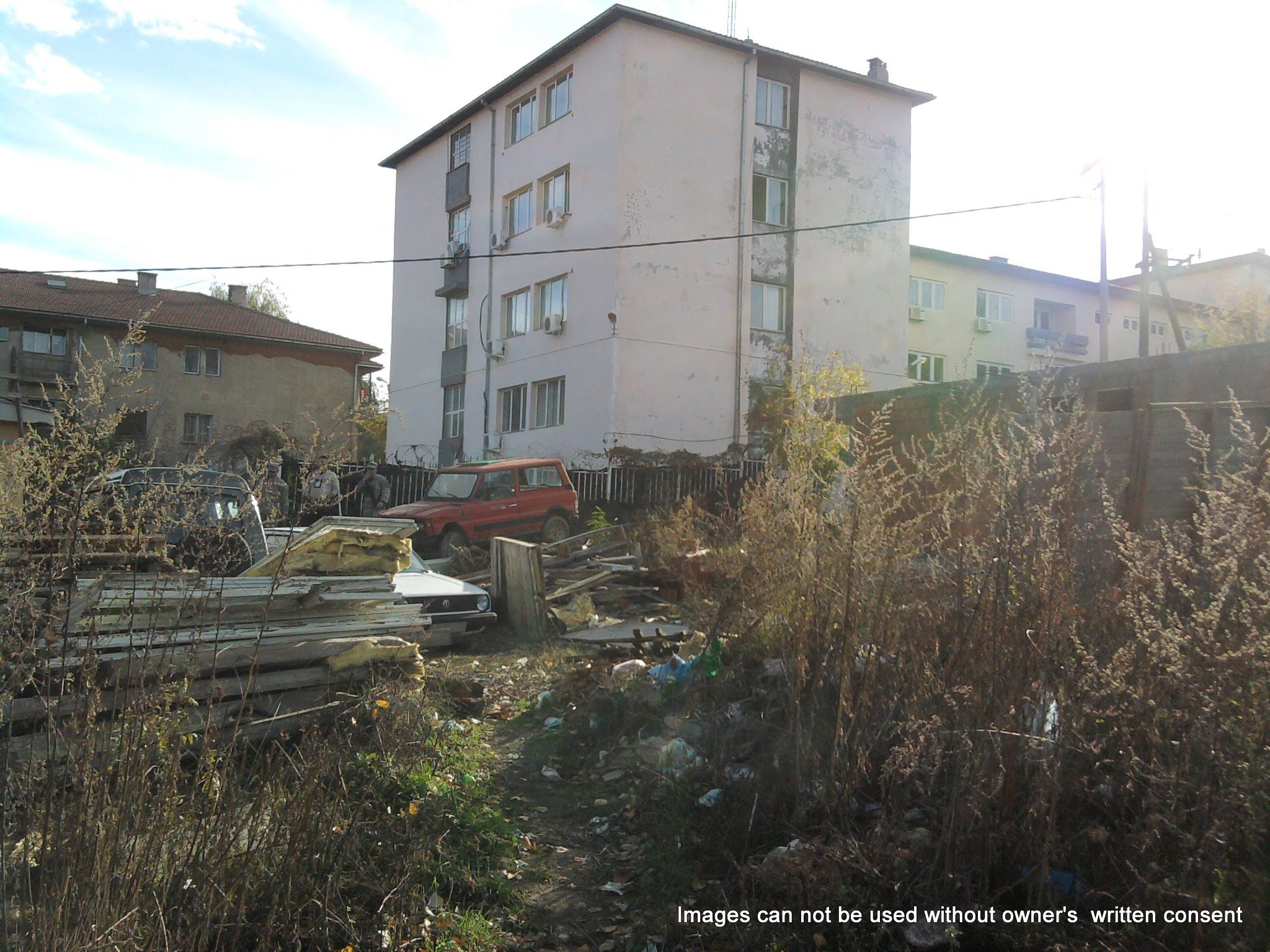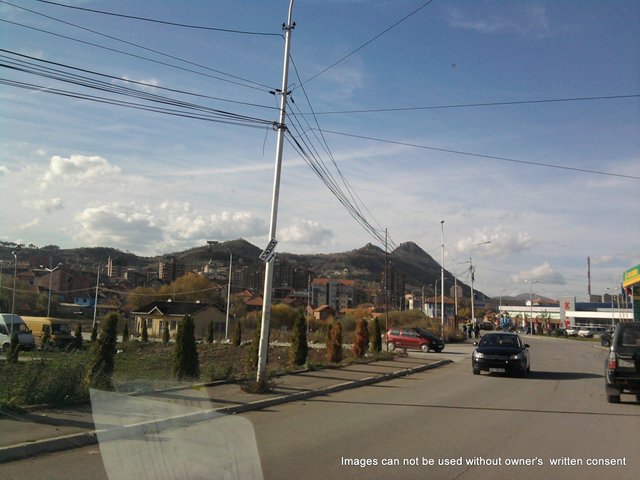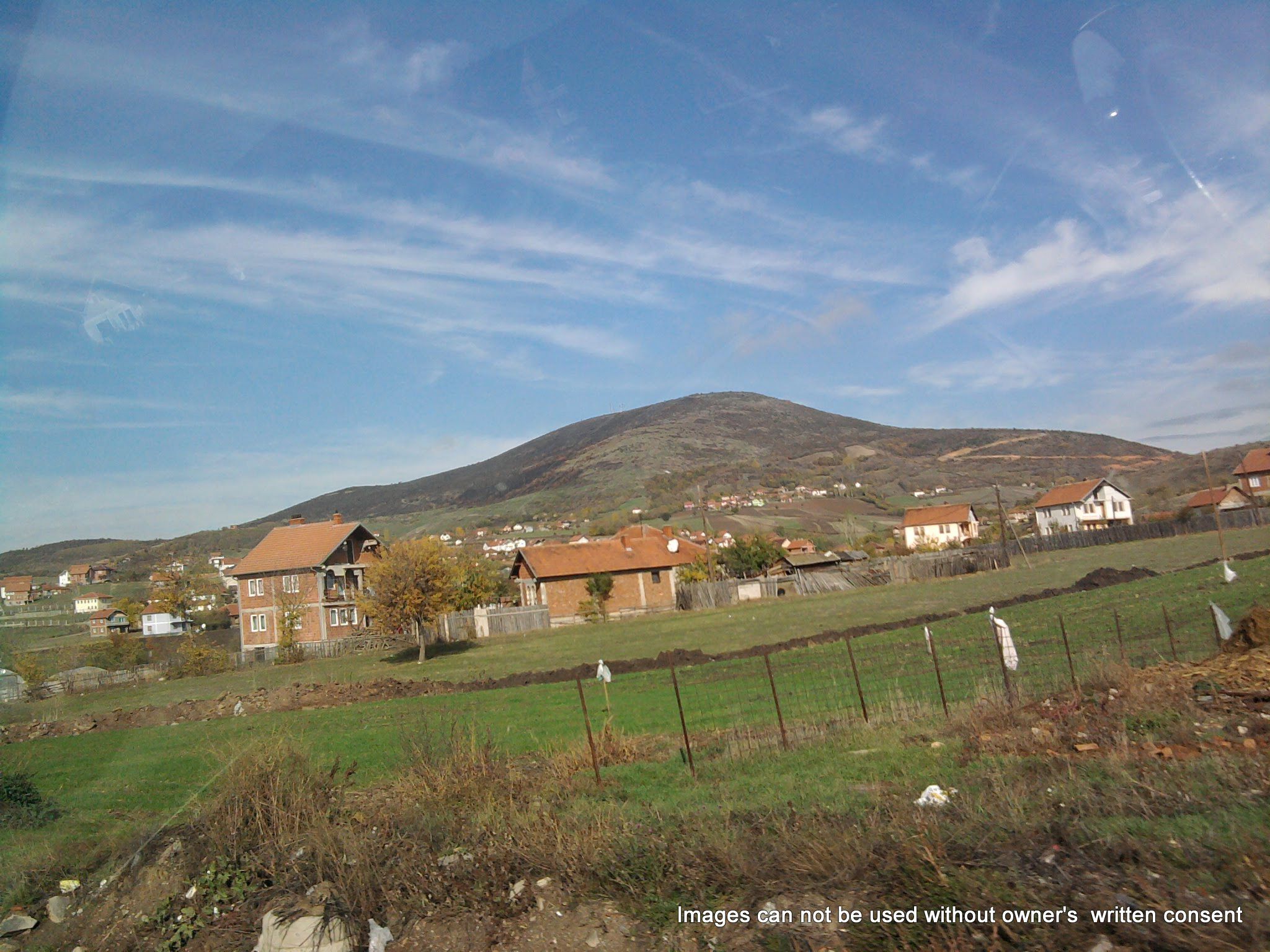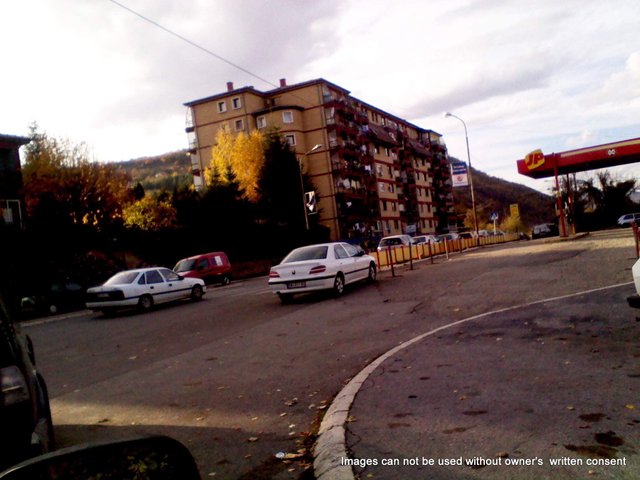A friend of mine familiar with the country offered to take me on a tour of north Kosovo and I jumped at the chance. We left Pristina (Prishtina, Prishtinë, Prishtina, Приштина, Priština, Priştine) early in the morning and headed out to visit various places of interest including Zubin Potok (Zubin Potoku, Зубин Поток), a Roma village along the way, North Mitrovica (Kosovska Mitrovica, Mitrovicë, Mitrovica, Косовска Митровица, Kosovska Mitrovica, Mitroviça), The Ibar river, the bridge separating the Serbian and Albanian populations, a couple mass grave sites, the Iron Cross, as well as the Serbian and Albanian portions of Mitrovica. The whole thing is entirely fascinating and I am amazed at the struggles people endure in their daily lives. The tension between the Serb/Albanian populations is evident and although the intensity has waned over the years the average person has not forgotten the war.

Our first stop was the bridge in Mitrovica where we crossed over and had danishes and coffee at a Serbian coffee shop. The owner was quite nice and we sat upstairs while the waiter served us. The place was filled with smoke and everyone there was engaged in conversation while chain smoking and drinking their coffee. I assume everyone there was Serbian as we sort of stuck out and were being stared at by the people there as well as the locals who watched us cross the bridge. Have you ever walked in a bar/restaurant and everyone who is supposed to be there is already and you're not one of them? Anyhow, the bridge is basically a no man’s land and other than us was devoid of pedestrian traffic. The area adjacent to the bridge on both sides bore some remnants of a war that occurred in the 1990s and the economics of the entire area was evident. Despite the rather harsh economic circumstances, the population seemed to be going about their business trying to survive. After having some coffee we crossed back over, snapped a few photos of the bridge and drove on to our next destination.

We ended up winding our way through an area that was basically a hodgepodge of ramshackle houses set up by the Roma population I was told. The poverty of the area was brutally apparent and I wondered why this condition existed. The guide told me that the Roma were basically ostracized but tolerated and their main base of operations was this little makeshift village. We wound our way through the village up to an overlook and got out of the vehicle. You could see the entire area and if unaware of the simmering animosity between the cultures the view was actually quite beautiful. The overlook allowed the guide to point out areas of interest such as battle sites, where the two cultures self segregated themselves and some houses being built or funded by outside organizations in at attempt to bring back the population drive out by the war.

We wound our way back down and headed north to a town called Zvecan (Zveçan, Zvečan, Звечан, Zveçani). We parked our van and walked in to the city and it was obvious the locals knew how belonged and who didn’t as we were stared at the entire time we were there. I stopped at a local shop and purchased some meat rolls of some type along with coffee to get a feel for what the locals ate. We then wandered down the street to a store which managed to remain intact throughout the war and was filled with locally made Serbian goods, liquors and memorabilia from forces that had been in the area.
Quite an interesting place and the proprietor had more than a few stories to tell. I ended up buying a souvenir and we were off, making our way back to the car as by this time we had attracted quite bit of attention.
After leaving Zvecan we made our way to a border crossing point that is an area of contention and there were French soldiers manning the area. We were allowed to walk around and even down by the small lake where there were some boats the soldiers used to patrol the area periodically. Everyone was nice but the language barrier made things a bit difficult and there was a bit of pointing to facilitate our tour.

After this tour, we worked our way back to the Ibar river to cross back over and I learned that this river is basically an informal dividing line between the Serbs and Albanians. The two cultures have gone to great lengths to self segregate for a variety of reasons and even in the same towns and villages they divide themselves up. After crossing we drove up to a small mountain peak that overlooked I believe Mitrovica and was the site of a mass grave. We were shown something called the Iron Cross and also drove out to a church situated on a cliff it appears. I was told the location was selected to keep the clergy safe as it was difficult to reach and had been a target during the war. We walked around the area, snapped a few photos and after some background information made our way to I believe Zubin Potok.
We drove through a city that appeared to have gone to some lengths to keep outsiders from driving through. The streets were partially blocked with debris and we wound our way slowly through to what was a courthouse at some point and we got out to look around. The courthouse area was the site of a fight years earlier and the whole area still bore the scars and you could sense the tension among the population as we drove and wandered through. We didn’t stay long as we were told it was a bit dangerous for outsiders to be there.
The trip lasted around 12 hours, culminating with dinner at a restaurant north of Pristina where we discussed the day’s activities and what we saw. It was an incredible experience and one I will remember for some time to come.
More later
Wizard of Where